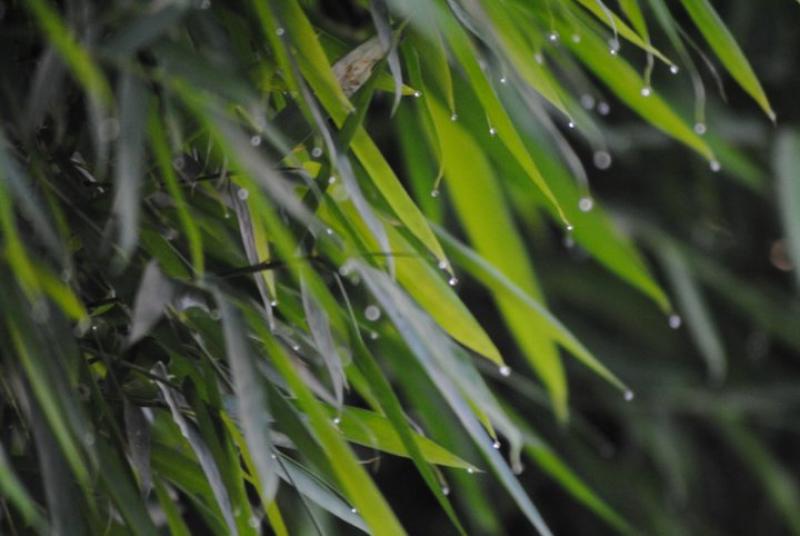
Bamboo is one of the most easily identifiable grasses, with people readily recognizing the long, smooth tube shaped trunks. It is also one of the most widely used grass with several implements being made using bamboo, like ladders, chairs and even entire houses. In the scientific community, however, there is confusion, largely due to the lack of data about various aspects like ecology and distribution, of these grasses. Two genera specifically, namely Thamnocalamus Munro and Fargesia Franchet emend Yi have often been used synonymously by researchers, despite being different genus. The confusion largely arises since the two genus look remarkably similar, and the research proving them to be different species was found to have inconsistent data. Now, researchers from Sichuan Agricultural University and Motilal Nehru National Institute of Technology have decided to settle the debate. Studying 19 species between the two genera, researchers used Artificial Neural Networks, a computer system that is based on the human brain, and morphological data. The researchers found significant differences between species from the two genera, thus finally settling the debate and showing that Thamnocalamus and Fargesia are different genera.
